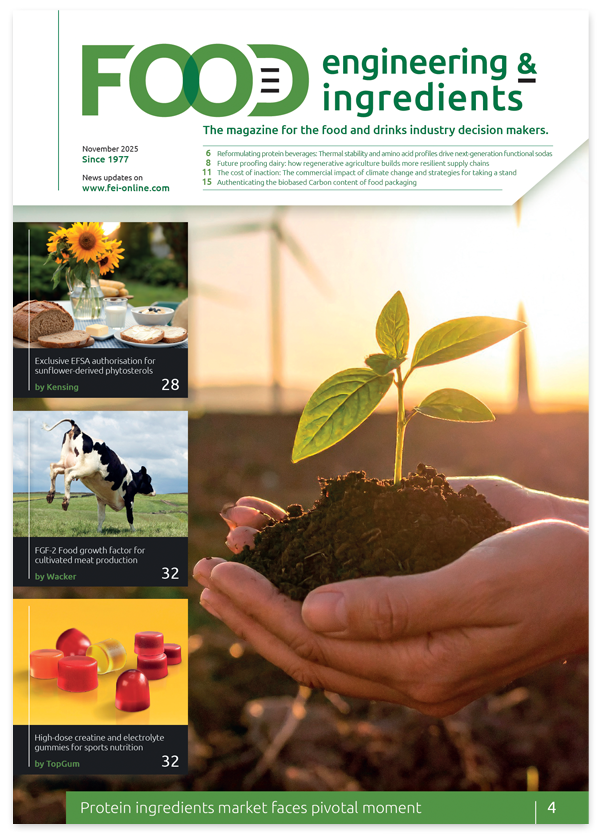Genetic breakthrough unveils citrus flavonoid synthesis pathways
New research from Huazhong Agricultural University has identified key genes responsible for flavonoid production in citrus fruits, potentially paving the way for enhanced nutritional profiles and disease resistance in future cultivars.
Unravelling the genetic code
A team of researchers from Huazhong Agricultural University has made significant strides in understanding the genetic underpinnings of flavonoid synthesis in citrus fruits. Their groundbreaking study, published in the journal Horticulture Research, sheds light on the specific genes responsible for flavonoid glycosylation, a crucial process in the production of these health-promoting compounds.
Spotlight on glucosyltransferase genes
The study identified six flavonoid 7-O-glucosyltransferase genes, with four—CgUGT90A31, CgUGT89AK1, CgUGT73AC12, and CgUGT89D30—playing pivotal roles in the flavonoid biosynthetic pathway. These genes demonstrated broad catalytic profiles across various flavonoid substrates, indicating their significance in the overall flavonoid production process.

Changes in phenotype, content of main FGs, and expression levels of Cit7GlcTs in citrus under HLB infection. (A), (B), and (C) show the changes in phenotype, content of main FGs, and expression levels of Cit7GlcTs after HLB infection in ‘Shatian’ pummelo, ‘Shatang’ mandarin, and ‘Newhall’ navel orange, respectively. HLB, Huanglongbing. ns, not significant, *P < 0.05, **P < 0.01; ***P < 0.001; ****P < 0.0001.
Implications for citrus cultivation
This newfound genetic understanding could revolutionise citrus breeding programmes. Dr Juan Xu, a co-author of the study, emphasised the potential impact: “Our research demystifies a critical aspect of citrus flavonoid production, offering a genetic roadmap for enriching the health attributes of citrus and potentially fortifying their defence mechanisms against afflictions like Huanglongbing.”
The research opens up new possibilities for developing citrus varieties with enhanced nutritional profiles and improved resistance to pests and diseases. This could have far-reaching implications for both public health and agricultural economies, potentially leading to more resilient and nutritious citrus crops.
The team employed a combination of transcriptomic and metabolomic analyses to elucidate the roles of the identified genes. This comprehensive approach allowed for a detailed understanding of the genetic mechanisms underlying flavonoid glycosylation in citrus fruits.
Conclusion
This study marks a significant advancement in our understanding of citrus biology and flavonoid biosynthesis. As research in this field progresses, it may lead to the development of citrus cultivars with tailored flavonoid profiles, addressing specific nutritional and agricultural needs.
Reference:
Ziyu Yuan, Gu Li, Huixian Zhang, et. al. Four novel Cit7GlcTs functional in flavonoid 7-O-glucoside biosynthesis are vital to flavonoid biosynthesis shunting in citrus, Horticulture Research, Volume 11, Issue 6, June 2024. https://doi.org/10.1093/hr/uhae098



